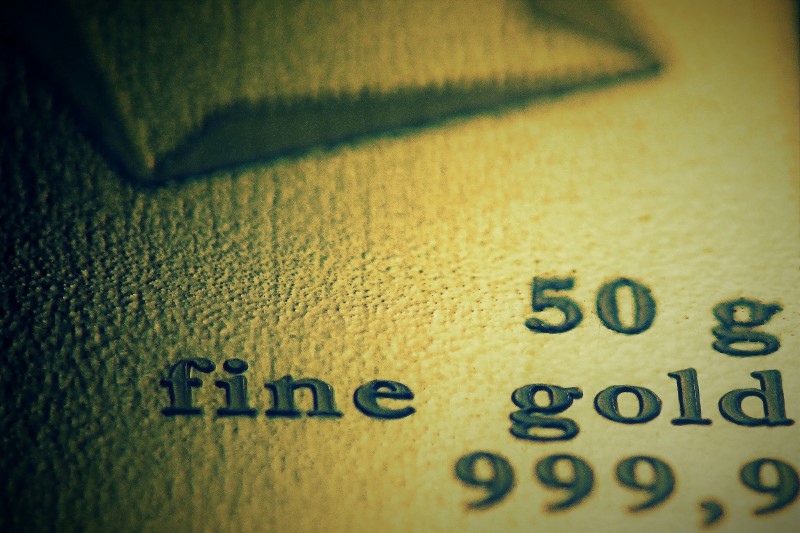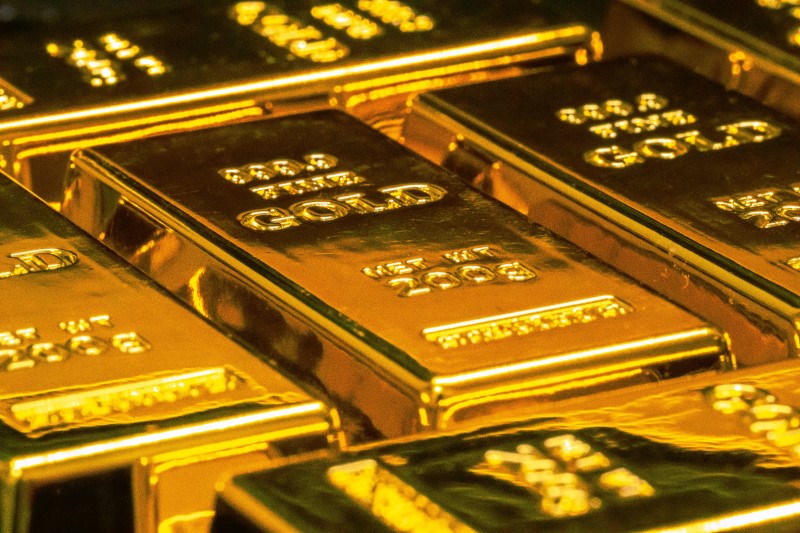Gold is a material that has often had mythical status, highly sought after as a treasure to keep. Whether you’ve read about gold in the realms of fiction, from the likes of heist movies and Lord of the Rings to real-world stories about Fort Knox and its many layers of security designed to protect tonnes of gold – you’ve likely heard at least a few stories in the past about the high status of this precious metal.
While gold often has a near-mythical status as a treasure, it does have practical economic uses, whether through trade or as a hedge against political instability. In recent times, the price of gold has hit record highs – influenced by global and local factors, it has risen to more than $2,600 USD per troy ounce.
While economic and finance experts like those qualified through a Master of Financial Technology or online business courses understand the relationship between the value of the US dollar and the price of gold, for non-experts, this can seem like a complicated concept. Let’s explore how gold forms a pillar of today’s economy and what may happen next.
Gold – A Symbol of Wealth
As a substance, gold has captured the imaginations of human civilization for thousands of years. Ancient cultures, such as that of Ancient Egypt, saw gold as a material that possessed divine properties. It was held in high regard, and gold was used to decorate everything from temples to tombs.
As a symbol of wealth, gold persists across geographical and cultural boundaries. Central and South American cultures, such as the Incas, considered gold the blood of their sun god, Viracocha. The demand and respect for gold transcended geographic and economic borders, with cultures thousands of kilometers away developing independent respect for this precious metal over time.
Today, gold is predominantly used in creating jewellery. However, jewellery is not the only way gold is used today; it is also used in some computing components. Gold is highly conductive and doesn’t rust, making it a material that can help create long-lasting, durable components.
Central banks, such as those in Fort Knox, Kentucky, or the Federal Reserve Bank, also hold vast amounts of gold in reserves. These gold stores are considered a means of diversifying currency beyond simply printed notes.
Supply and Demand – Pricing Drivers
As with any asset, the price of gold is influenced by many factors that drive supply and demand. If there is little demand for gold and surplus amounts available to purchase, prices can fall. However, in contemporary times, the demand for the product often outstrips the available supply, causing increases in the price of gold.
With a standard gold bar weighing more than 400 troy ounces (12.4kg), recent market movements have seen the price of a single gold bullion rise to more than $1.04 million USD. This has been largely driven by a change in the economic landscape – as central banks look to adjust interest rates, a decision that can often impact stock markets; investors may seek to use gold to protect their wealth.
Historically, investment in gold during times of crisis has often proved fruitful for those with the means and capacity to do so. During the Great Depression of the 1920s and 1930s, as well as more recent events, such as the Global Financial Crisis of the early 2000s, gold has presented itself as a safe haven for investors, driving their dollars into a scarce asset, driving up demand and therefore, protecting the interests of investors.
During times of conflict and geopolitical crisis, it’s not uncommon for nations to purchase gold as a means of bolstering their wealth. In recent years, countries such as India and China have made substantial investments in increasing the amount of gold in their domestic reserves.
It’s important to recognise that while the price of gold has observably changed over time, that does not mean that it will continue to do so. Investors should remember the old adage that past performance should not be an indicator of an asset’s future performance potential.

What Could The Future Hold?
While gold has historically performed well compared to traditional, modern assets such as ETFs and shares, it typically performs poorly. Over five years, from 2019 to 2024, the value of gold rose by approximately 80% – at the same time, an index fund tracking the S&P 500 grew by more than 90%.
The price of gold may continue to rise, with forecasts from leading analysts expecting that demand from central banks and global tensions will continue to drive this precious metal’s price upward.
While gold may have once held near-mythical status, today, nearly anyone can invest in it as part of an investment strategy. Whether you choose to invest in gold via ETFs, an investment trust, or physical gold bars, it’s helpful to remember its role as a store of value during volatile times.





















